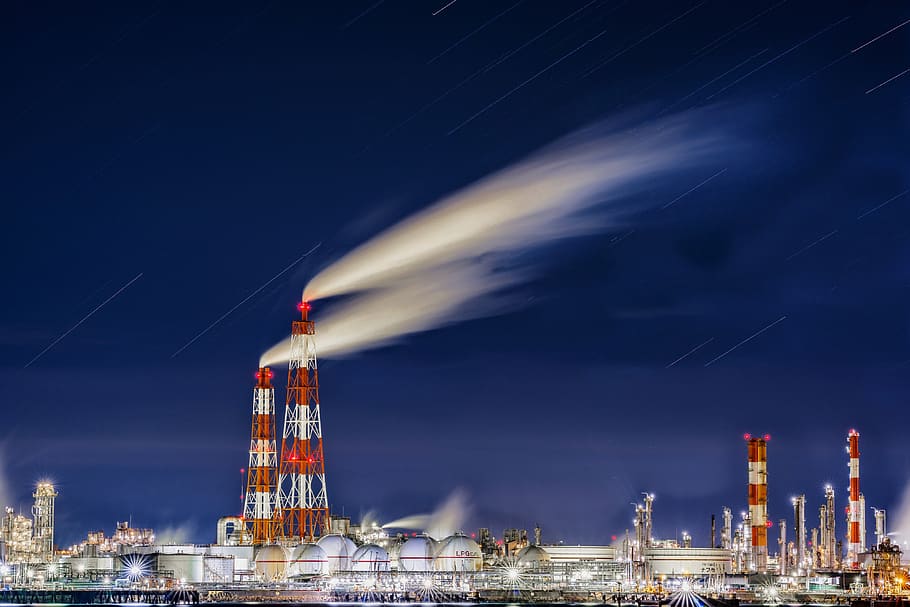Media release
From:
PNAS
COVID-19 lockdowns and greenhouse gas emissions
A study combining observations and modeling of the effects of lockdowns associated with the COVID-19 pandemic on greenhouse gas emissions and air quality found that, despite reductions in vehicular emissions in 2020, the growth rates of global greenhouse gas emissions in the atmosphere during 2020 were not slowed compared to projected growth rates based on data from 2016-2019, due in part to the effects of carbon cycle feedbacks and background pollution levels; the results provide insight into the complex feedback between the Earth system and human activity and suggest that changes to individual behavior alone are insufficient to halt greenhouse gas increases, according to the authors.
Organisation/s:
California Institute of Technology, University of California, Center for Environmental Research and Technology, Goddard Earth Sciences Technology and Research, Universities Space Research Association, NASA Goddard Space Flight Center, California Energy Commission, University of Colorado (US), Singhua University, Beijing (China)
Funder:
We thank the Keck Institute for Space Studies for organizing and supporting the study “COVID-19: Identifying Unique Opportunities for Earth System Science” that led to the writing of this manuscript. We also acknowledge the use of data from the Port of Oakland and Port of LA website, Apple mobility data, and US EIA electricity-use data. We also thank Charles Carter for his artwork in Fig. 1. We thank the TCCON science team for their effort in providing data. Support for operation of the Park Falls TCCON site is provided by NASA. The Lauder TCCON programme is funded by NIWA (National Institute of Water & Atmospheric Research Ltd.) through Aotearoa New Zealand’s Ministry of Business, Innovation and Employment’s Strategic Science Investment Fund. The views expressed in this manuscript are solely those of the authors and do not necessarily reflect those of the South Coast Air Quality Management District. A portion of this research was carried out at the Jet Propulsion Laboratory (JPL), California Institute of Technology, under a contract with NASA. This work was supported by NASA Grant NNX17AE15G (to J.L.L. and P.O.W.), NASA Carbon Monitoring System Grant 80NSSC20K0006 (to A.C.), NASA Grant 80NSSC18K0689 (to D.K.H. and H.C.), NASA Aura Science Team Program 19-AURAST19-0044 (to K.M. and K.W.B.), NASA Grant 80NSSC20K1122 (to D.L.G. and S.A.), NASA Grant 80NSSC21K0508 (to R.V.M.), NSF RAPID Grant 2030049 (to K.B.), NSF Grants OCE-1752724 and OCE-1948664 (to N.S.L.), and NSF Grant OCE-1948624 (to G.A.M.). A.J.T. was supported as a Miller Fellow with the Miller Institute for Basic Research in Science at the University of California Berkeley. K.R.G. was supported by Northern Arizona University startup funds. C.E.I. was supported by the University of California Institute of Transportation Studies. S.P.S. and Z.-C.Z. were supported by the California Air Resources Board, NASA Science Mission Directorate/Earth Science Division, and JPL Earth Science and Technology Directorate. Y.L.Y. was supported in part by JPL OCO-2 Grant JPL.1613918 (to the California Institute of Technology). J.L. was supported by the NASA OCO science team program.



 International
International



